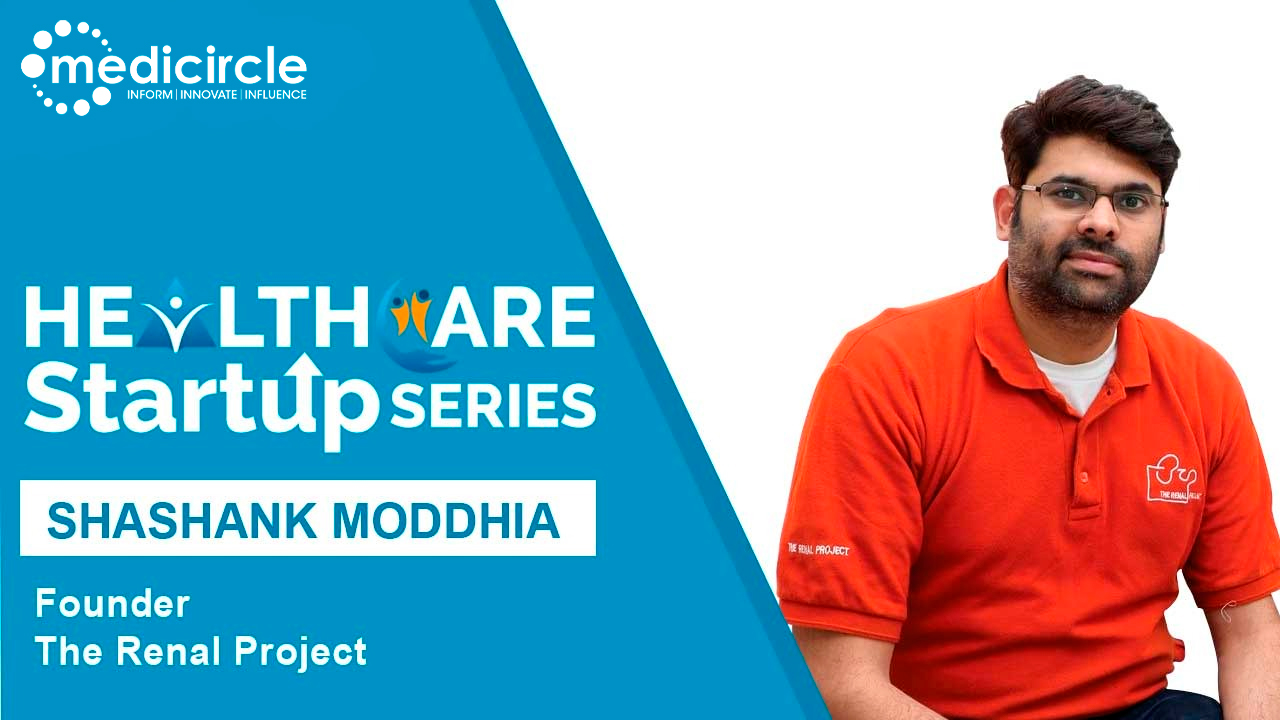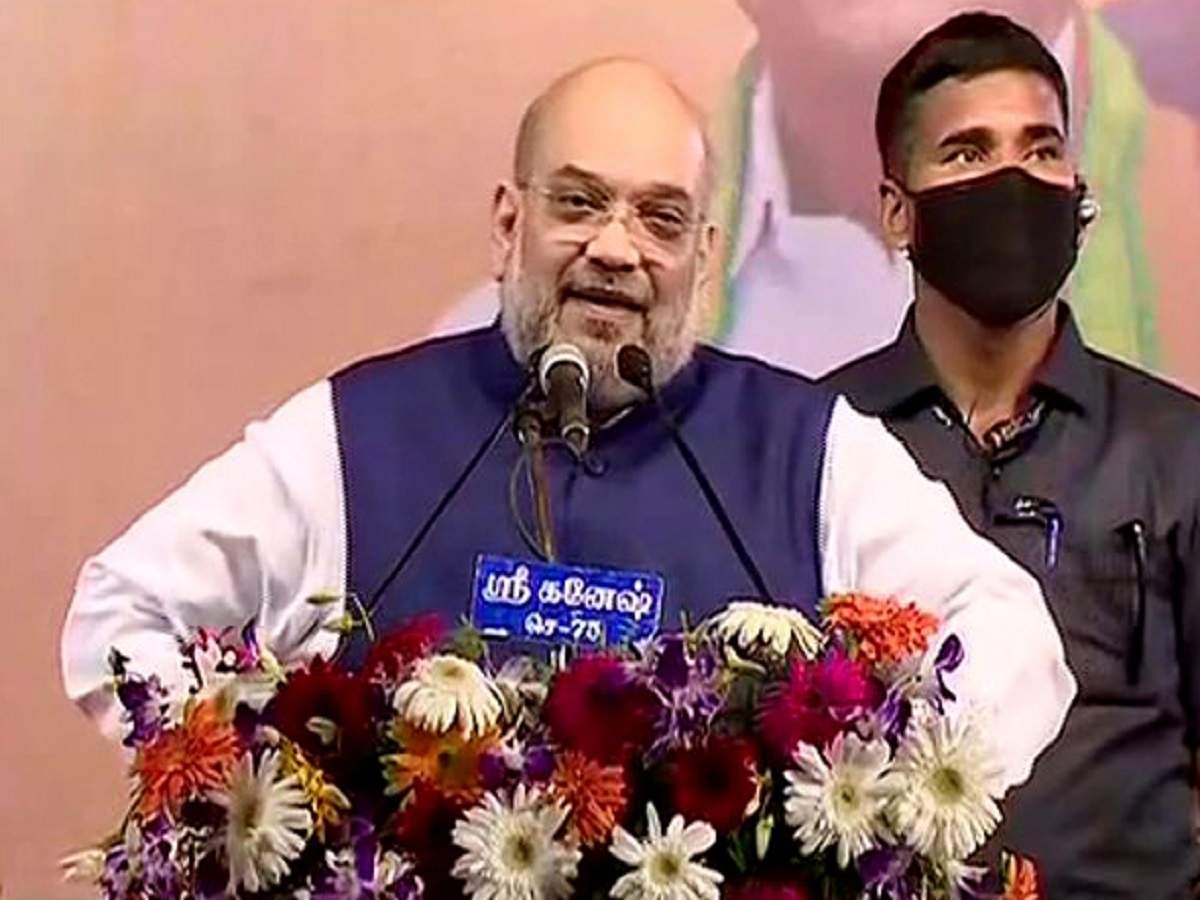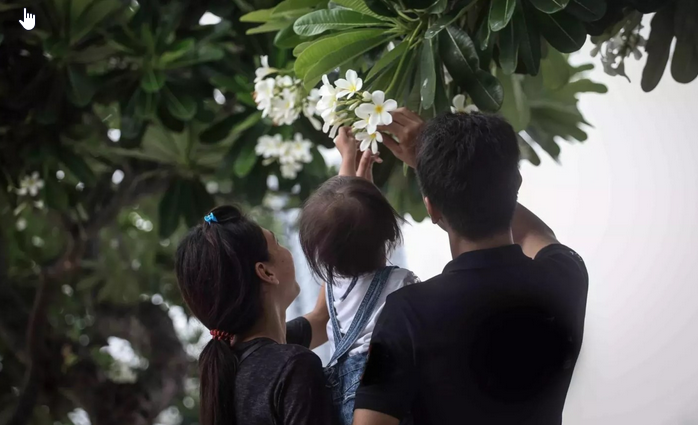The latest Economic Survey for the fiscal year 2024-25 has revealed some major shifts in India’s healthcare spending. The numbers show that the government is taking on a larger share of healthcare costs, reducing the burden on individuals. But is this enough? With healthcare costs rising and new health challenges emerging, does this shift truly benefit the common citizen?
In the financial year 2021-22 (FY22), India’s Total Health Expenditure (THE) was estimated at ₹9,04,461 crore. This accounts for 3.8% of the country’s GDP and translates to ₹6,602 per person at current prices. This might seem like a significant figure, but how does it compare to global standards? In developed nations, healthcare spending often reaches 10-15% of GDP, meaning India still has a long way to go regarding investment in healthcare infrastructure.
One of the most critical takeaways from the report is the increase in government health expenditure. Back in FY15, the government only covered 29% of the total healthcare spending, but by FY22, this had jumped to 48%. This means nearly half of the country’s medical expenses are now being funded by the government.
The positive Impact of this shift can be seen in the decline of out-of-pocket expenses (OOPE). Earlier, 62.6% of medical costs were directly borne by patients, often leading to severe financial distress. This figure has now dropped to 39.4%, offering relief to many families. But is this decline happening at a fast enough pace? Many still struggle with medical costs, especially for chronic diseases and emergency care.
Out of the total healthcare spending in India:
87.3% (₹7,89,760 crore) is allocated to current health expenditure, which includes operational costs like salaries, medicines, and patient care.
12.7% (₹1,14,701 crore) is capital expenditure, used for building hospitals, upgrading medical equipment, and expanding healthcare facilities.
This spending pattern highlights an immediate focus on patient care rather than long-term infrastructure development. However, with India’s growing population and increasing demand for healthcare services, many experts argue that capital investment should be increased to build a robust healthcare system for the future.
Government-backed health insurance schemes now play a crucial role in India’s healthcare financing. They make up 5.87% of total healthcare funding, with two major categories:
1. Employment-Linked Health Schemes (3.24%)
• Employees State Insurance Corporation (ESIC)
• Central Government Health Scheme (CGHS)
• Ex-Servicemen Contributory Health Scheme (ECHS)
2. Public Health Insurance Programs (2.63%)
• Ayushman Bharat-Pradhan Mantri Jan Arogya Yojana (AB-PMJAY)
• Rashtriya Swasthya Bima Yojana (RSBY)
• Various state-specific health insurance schemes.
The government’s flagship AB-PMJAY has been a game-changer, offering health coverage to millions of low-income families. But despite its broad reach, there are still gaps in implementation, and many eligible citizens remain unaware of the benefits.
In a significant policy move, AB-PMJAY was expanded on September 11, 2024, to cover senior citizens aged 70 and above. Under this initiative:
Every eligible senior citizen will receive a Vay Vandana Card, which guarantees them access to free medical care.
Those already covered under AB-PMJAY will receive an additional ₹5 lakh per year, separate from their family’s insurance coverage.
This is a crucial step in protecting the elderly, who often struggle with expensive medical treatments for age-related diseases like diabetes, heart conditions, and arthritis. However, the real challenge will be ensuring seamless access to healthcare facilities, especially in rural areas where hospitals are fewer and often lack specialized care.
While financial investment in healthcare is increasing, the survey also highlights an issue that is often ignored—mental health. Several factors, including workplace pressure and long working hours, are leading to poor mental well-being.
A striking observation from the report states that individuals who spend 12 or more hours at a desk daily often struggle with high levels of distress. This raises serious concerns about the work-life balance culture in India, especially in corporate sectors where employees frequently work overtime.
Mental health disorders are often dismissed or stigmatized in India. While initiatives like the National Mental Health Program (NMHP) exist, they remain underfunded and understaffed. If mental health is not given the attention it deserves, the long-term impact on productivity and overall societal well-being could be severe.
The data from the Economic Survey shows significant progress:
• The government is funding a larger share of healthcare.
• Out-of-pocket expenses are decreasing.
• Free healthcare coverage for senior citizens is expanding.
However, several challenges remain:
Healthcare Infrastructure – Rural areas still lack well-equipped hospitals and specialist doctors.
Implementation Issues – Many eligible citizens remain unaware of government health schemes.
Rising Disease Burden – Chronic illnesses like diabetes, heart disease, and mental health disorders need more targeted policies.
Health Insurance Penetration – While government schemes are expanding, private insurance is still unaffordable for many.
The real question now is: Will these policies be effectively implemented, or will they remain just numbers in a report? The coming years will determine whether India can truly build a healthcare system that prioritizes affordability, accessibility, and quality for all.
While India is taking steps in the right direction, healthcare is not just about spending money it’s about ensuring that the money reaches the right people at the right time.
Hospitals need better infrastructure and trained medical staff.
Health insurance schemes must be simplified and made more accessible.
Mental health needs equal attention as physical health.
The government’s increasing role in healthcare is a welcome change, but real success lies in execution. Will India be able to bridge the gap between policy and reality? Only time will tell

 The government’s increasing role in healthcare is a welcome change, but success lies in execution.
The government’s increasing role in healthcare is a welcome change, but success lies in execution.




















.jpeg)


.jpeg)
.jpeg)
.jpeg)
_(1).jpeg)

_(1)_(1)_(1).jpeg)
.jpeg)
.jpeg)
.jpeg)








.jpeg)
.jpeg)